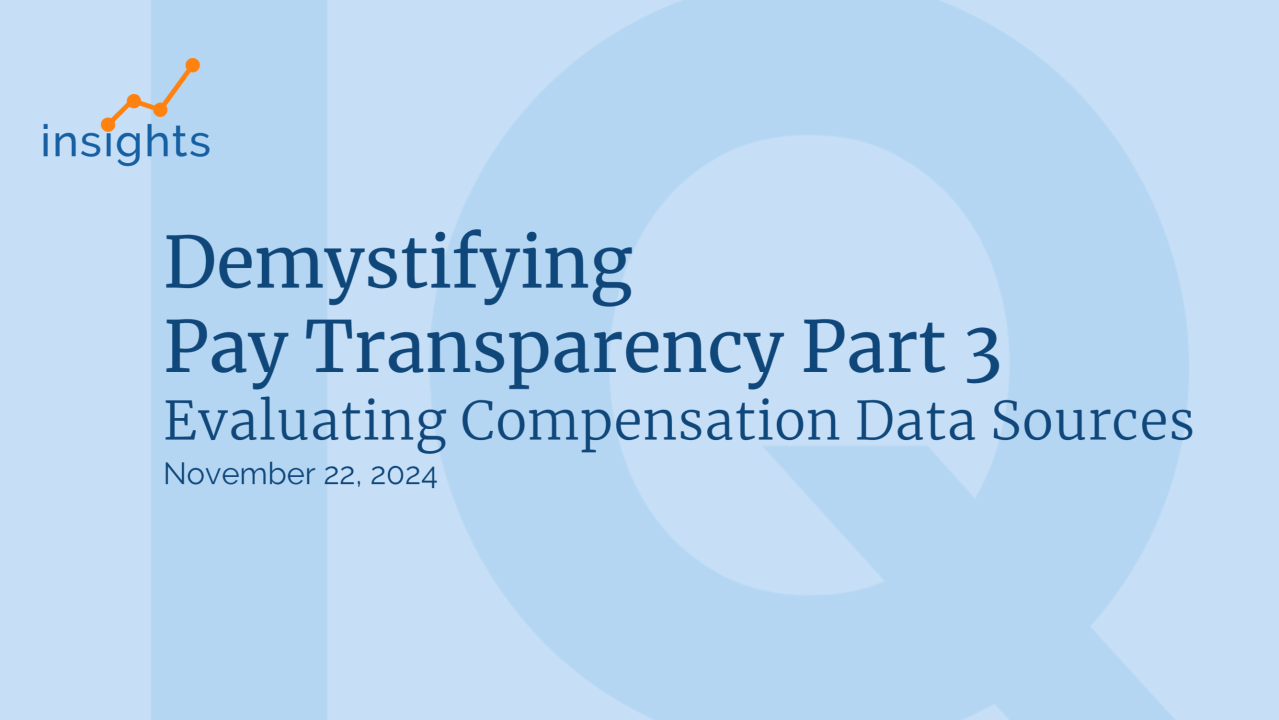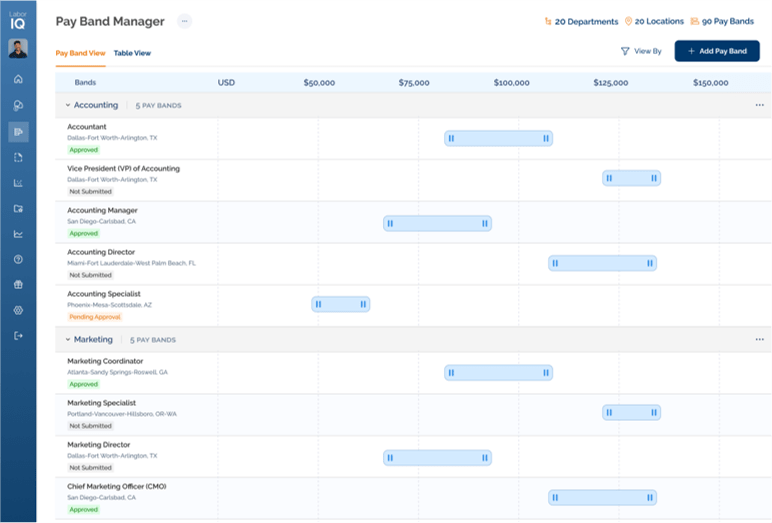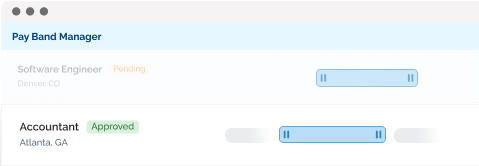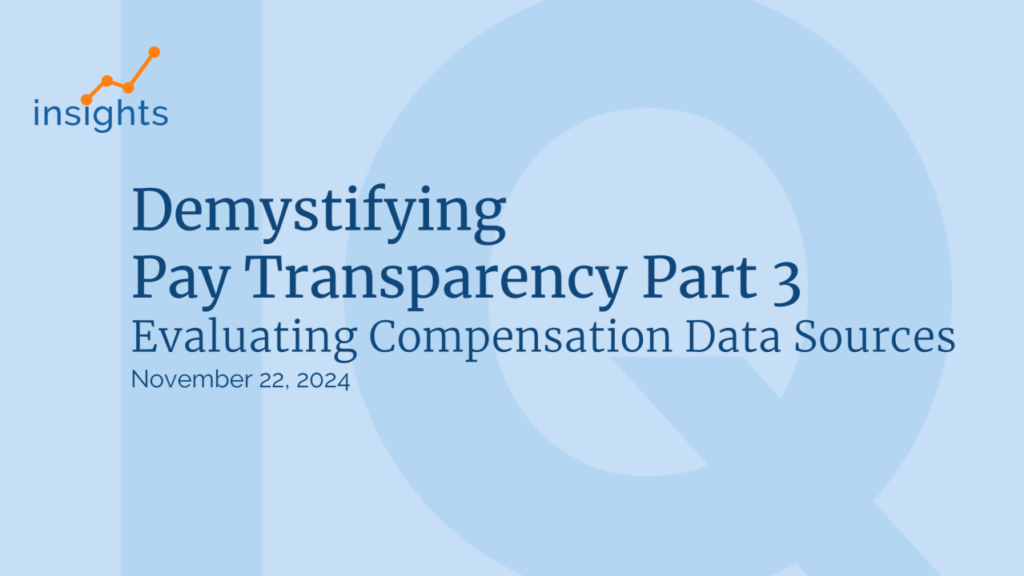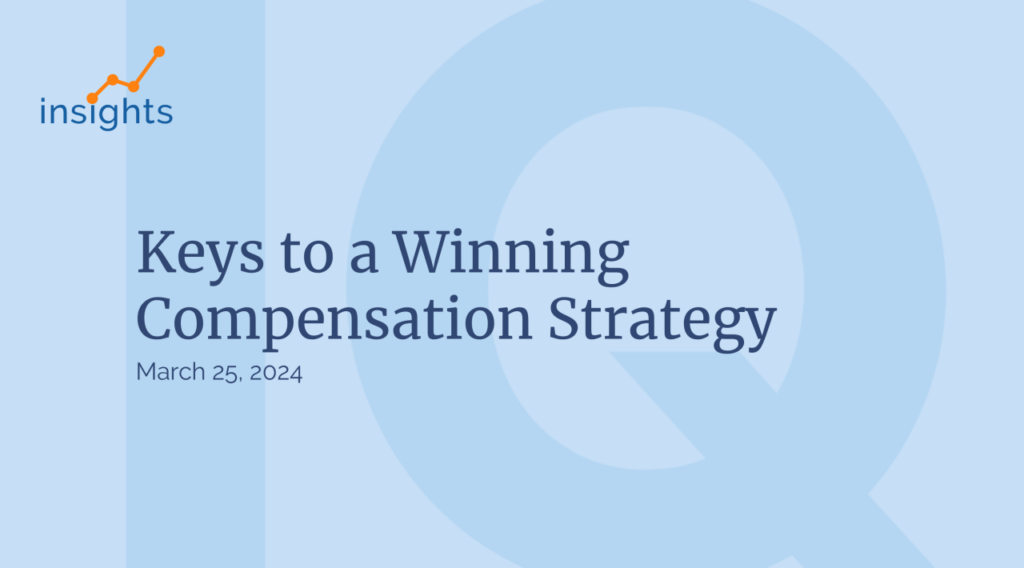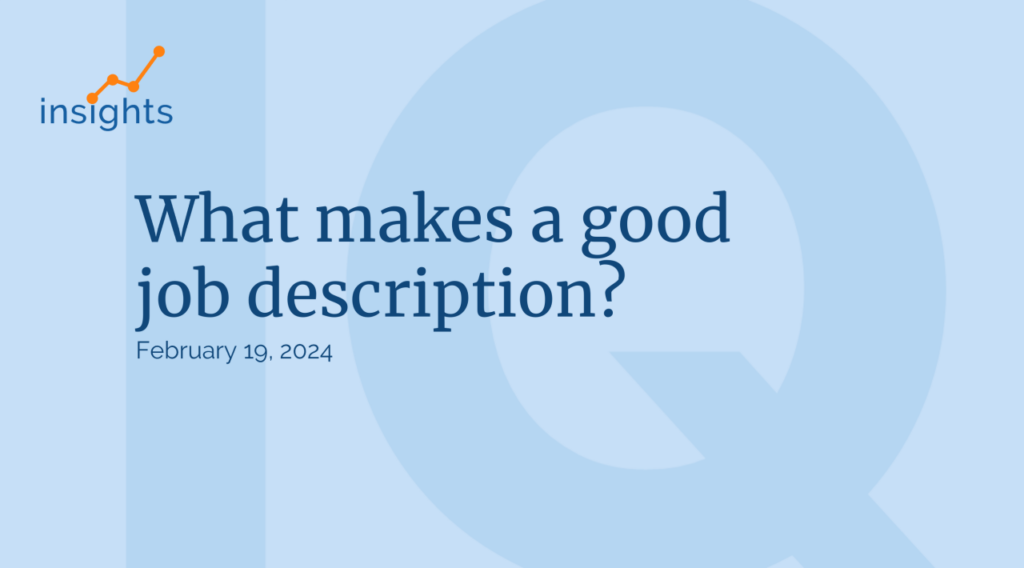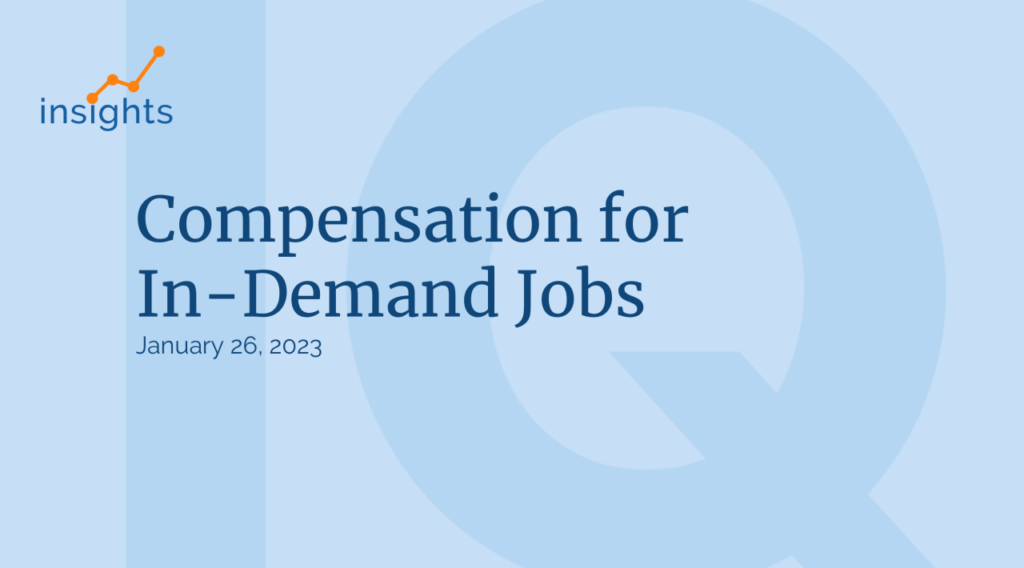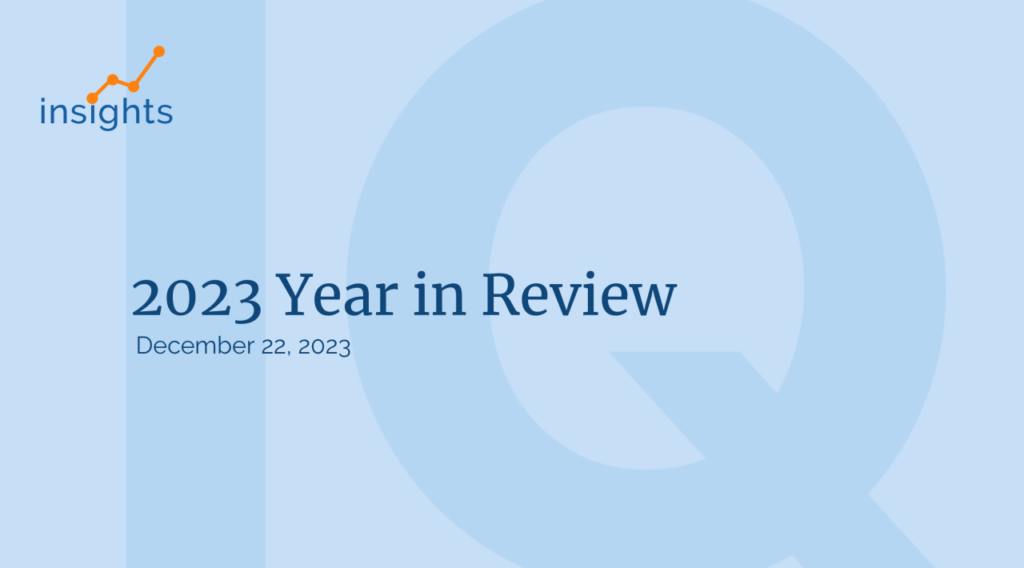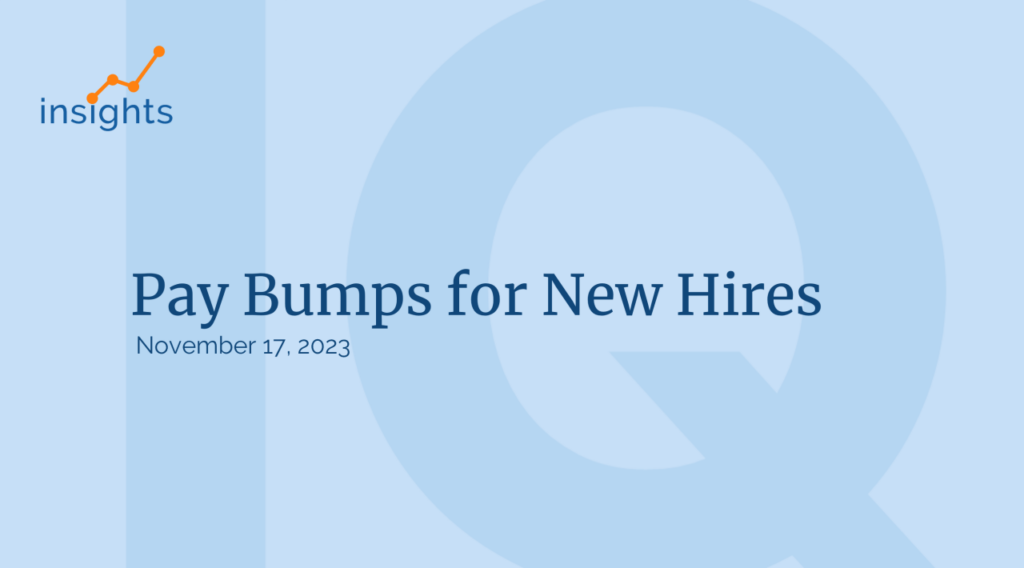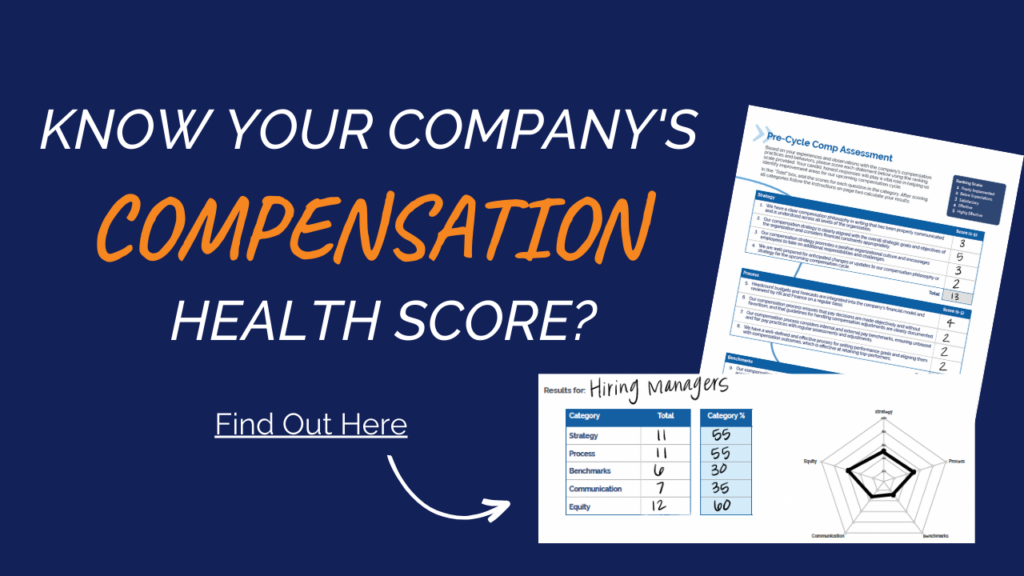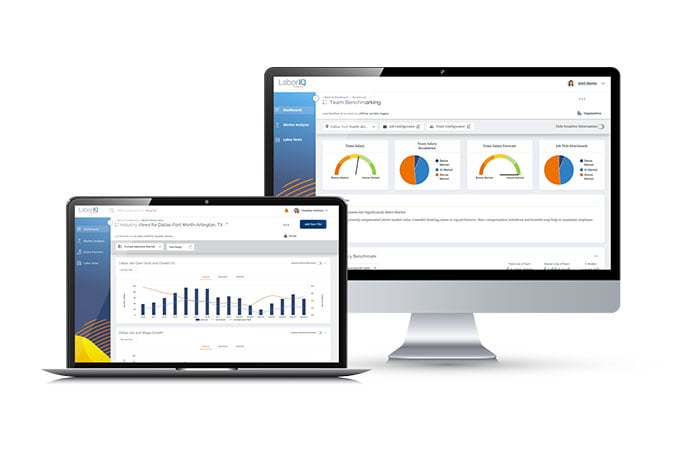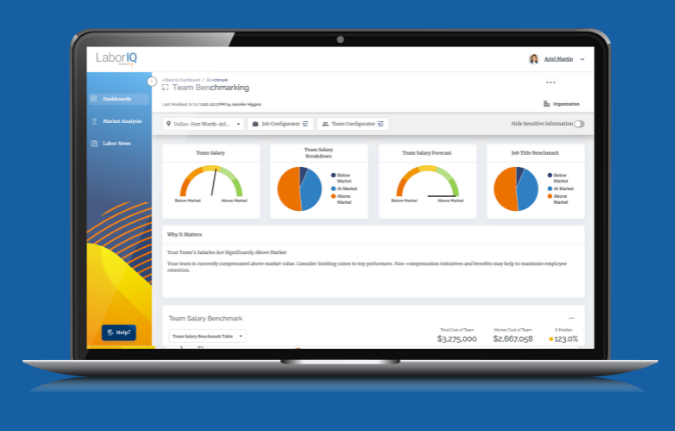Navigating the Landscape of Compensation Data
Pay transparency works best when pay ranges are established using trustworthy data sources. Otherwise, pay bands will be unrealistic and push good talent away.
Compensation data can vary in terms of methodology, source, and even how data is presented. Some methods have decided advantages in quality, while others in ease of access.
There’s no shortage of salary data sources, but there are major differences that could impact your compensation strategy.

Compensation data typically falls into one of two categories:
- Salary Surveys: HR-reported, industry- or location-specific, accurate at the time of collection.
- Crowd-Sourced: Employee- and HR-reported to popular sites.
When employees look for salary information, they typically turn to free, publicly available sources, relying on the first salary they see without understanding the underlying data. HR departments might have access to more robust platforms.
Salary Surveys | Costly and Specific
Salary surveys involve the systematic collection of wage data, allowing organizations to understand the compensation landscape for a specific industry, trade, or geographic location. A salary survey can provide valuable benchmarks for organizations seeking to understand prevailing salary trends for the specific industry, trade, or location of interest.
What are the benefits of a salary survey?
- Specialized Expertise: Some providers specialize in collecting and analyzing salary data in specific industries. They can give tailored insights with unique context.
- Comprehensive Coverage: While the data provided through may only represent a certain area or industry, the depth of coverage can be helpful for those hiring within a unique field. Given the specific nature of the industry or location, the salary data provided often include detailed breakdowns by job level, experience, and other relevant factors.
- Standardized Methods: Major salary survey providers adhere to standardized methodologies and best practices in data collection, ensuring consistency and reliability in their survey results. This standardized approach enables HR managers to make meaningful comparisons and benchmark their organization’s compensation practices against industry norms.
However, salary surveys do come with some downsides.
- Cost: Industry surveys require a significant financial investment for just a single survey. The high cost of entry may be prohibitive for smaller organizations with limited budgets.
- Limited Customization: The datasets may not align with an organization’s specific job roles, structures, or geographic locations.
- Lag Time: Industry survey providers take time to collect, analyze, and publish salary data. By the time the report is published the data may be out of date, representing actual wages from as much as two years in the past.
Crowd-Sourced Platforms | Inexpensive but Uncertain
These sites source user-generated responses to develop the ranges for their salary data. Crowd-sourced platforms often have a large user base of both employees and employers with thousands of responses for each role. However, thousands of responses don’t always result in accurate salary data.
Crowd-sourced data has some benefits.
- Cost Effective: Many providers offer free or low-cost access to self-reported data.
- Timeliness: Providers update their data in real-time and can request updates from their users on a regular basis.
But self-reported salary data can also introduce some pitfalls.
- Validation: There is no guarantee that the numbers users provide are accurate.
- Bias: Self-reported salary data may be subject to bias and inconsistencies. Individuals may overstate or understate their earnings. Factors such as job satisfaction, perceived market value, and personal motivation will influence how individuals report their salaries.
- Small Sample: Certain locations or sectors may be underrepresented in self-reported data.
HR teams should approach self-reported data with caution. If you’re on a low budget, it can be a good start. But organizations focused on accuracy or seeking to remain competitive when it comes to compensation may find inconsistencies.
LaborIQ | Know What to Pay in Today’s Market
Traditional compensation data sources are based on small, unreliable samples, often limited to specific company, industry or location. By it’s nature, salary data becomes dated from the moment it’s collected.
LaborIQ provides HR and talent acquisition teams with compensation benchmarks for today’s market. Our salary recommendations are what set us apart. We provide a competitive market rate rather than just a backward-looking average of salaries that may not reflect your industry or location.
When you use LaborIQ, you show your commitment to accurate, timely salary data.
- With over 20,000 jobs in our database and 1,600 industries covered, LaborIQ provides compensation recommendations for every market in the U.S.
- LaborIQ’s compensation data is based on the most representative survey of the U.S. workforce based on W-2 wage data.
- Proprietary forecasting methodologies allow us to provide compensation recommendations for today’s market and into the future, validated against payroll data for 400,000 U.S. businesses.
- LaborIQ helps you prepare for merit planning with salary forecasts. Most compensation data sources provide only backward-looking data that don’t reflect the current labor market and economic conditions.
- LaborIQ updates forecasts and source data once per month. HR leaders can make informed decisions in real-time, responding promptly to changes in market conditions.
- LaborIQ’s intuitive interface makes it easy to find compensation answers. Users generate full salary reports in seconds.
- LaborIQ provides dedicated support from our client success team of subject matter experts, ensuring that HR teams receive personalized assistance and guidance as they navigate the platform.
Practical Steps for HR Managers
With an understanding of available data sources and their pros and cons, you are better equipped to choose a provider. What should you do next?
- Review your salary data sources and identify their advantages and disadvantages.
- Identify the data sources you feel give you the most confidence, accuracy, and speed. If you would like to try LaborIQ, we will send you a salary report for free.
- Educate your employees on the nuances of salary data and encourage open dialogue about compensation expectations.
- Regularly review salary data to ensure ongoing alignment with organizational goals and market trends.
- Collaborate with other departments, such as finance and legal, to ensure compliance with regulatory requirements and industry standards.
By standardizing data evaluation processes, and choosing the right data provider, HR managers will implement pay transparency initiatives that ensure fair compensation within their organizations.
What next? Staying ahead of compensation trends.
Pay transparency is here. Employees and job seekers want to better understand business’ compensation strategies and pay ranges. The economy is cooling, but wage growth hasn’t followed suit. LaborIQ forecasts wage growth will once again top 3.5% in 2025. Now is the time for businesses to focus on their pay strategy, refine organizational structures, and establish pay bands.

